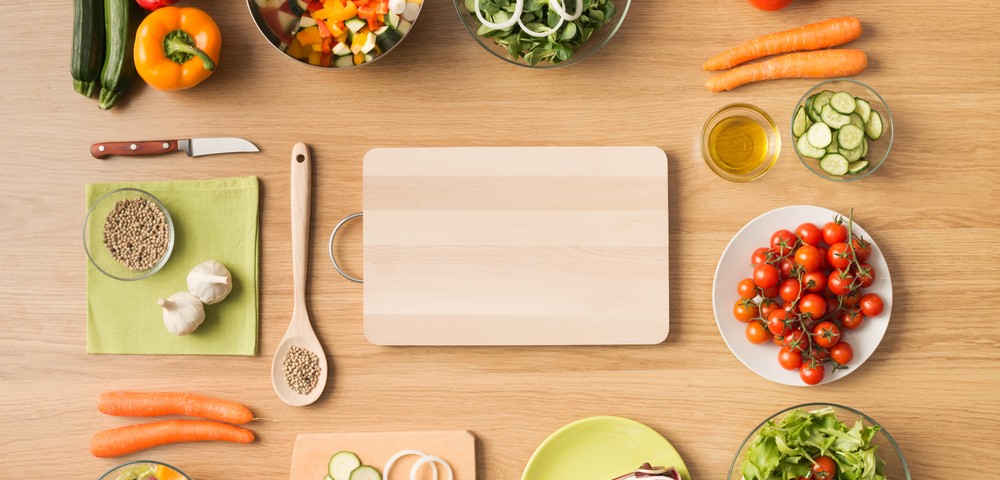A study recently presented at the American Heart Association’s Council on Hypertension Scientific Sessions shows that chronic kidney disease (CKD) patients who consumed more vegetables and fruits improved their blood pressure, reduced their need for antihypertensive medications, and cut financial burden significantly.
“It was remarkable that we achieved better blood pressure control using fewer drugs and without forcing people to change their diet completely. Instead, we provided food for the entire family so they could add fruits and vegetables to what they normally eat,” Dr. Nimrit Goraya, program director for nephrology at Baylor Scott & White Health, in Texas, said in a news release. “This was important because many of these patients lived in neighborhoods without access to fruits and vegetables through local food banks or grocery stores.”
CKD is considered a global epidemic.
Despite the effectiveness of kidney protection strategies such as hypertension and lipid control, and the use of anti-angiotensin II drugs, the amount of disease in many patients with CKD and reduced glomerular filtration rate (GFR) still continues to progress toward complete kidney failure.
Goraya and colleagues sought to examine if treatment for metabolic acidosis (failure of the kidney to remove acid which results in high levels of acid in the blood) with vegetables and fruits could result in improved blood pressure control, less need for antihypertensive medications, and a reduction in the patient’s financial burden for hypertension (high blood pressure) management.
In the study, 108 CKD patients with stage 3 disease, metabolic acidosis and estimated glomerular filtration rate of 30 mL/min/1.73 m2 to 59 mL/min/1.73 m2, were randomized into three groups: one group of 36 patients followed a dietary regimen of vegetables and fruits, another group of 36 patients received oral sodium bicarbonate, and the third group of 36 patients received the usual care (36 patients). The study target for patients assigned to the vegetables and fruits and sodium bicarbonate groups, was to reduce potential renal acid load by 50 percent.
All patients were treated with medication to reduce systolic blood pressure to less than 130 mm Hg. They were followed for five years. At baseline, the three groups of patients had no differences in systolic blood pressure or blood pressure treatment regimen.
When the researchers evaluated the patients after five years, they found that mean systolic blood pressure in the group of patients assigned to the vegetables and fruits regimen was 125 mm Hg — compared to 135 mm Hg in the sodium bicarbonate group and 134 mm Hg in the usual care group.
The follow-up also revealed that the group of patients assigned to the vegetables and fruits regimen needed lower dosages of enalapril, diltiazem, clonidine and atenolol (all blood pressure lowering drugs). However, there were no group differences in dosage of hydrochlorothiazide (also a blood pressure lowering drug).
The results further showed that the average five-year drug cost for blood pressure maintenance was $79,760 for patients in the vegetables and fruits group, $155,372 for the sodium bicarbonate group, and $152,305 for the usual care group.
“We need to strongly inculcate diet as a part of our medical management of diseases; often this simple and basic fact is never discussed,” Goraya said. “We just tell them matter of factly to lower salt and fast food but do not offer what actually to eat.”

